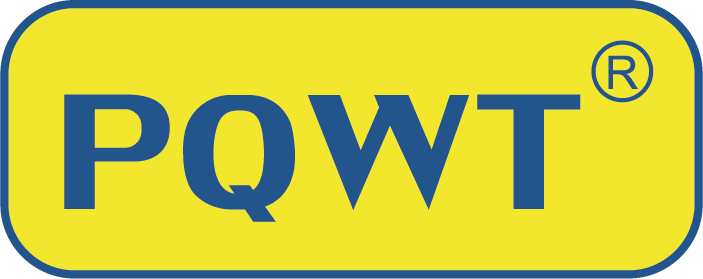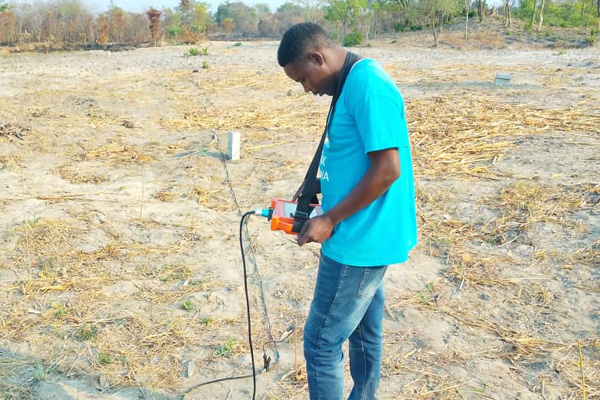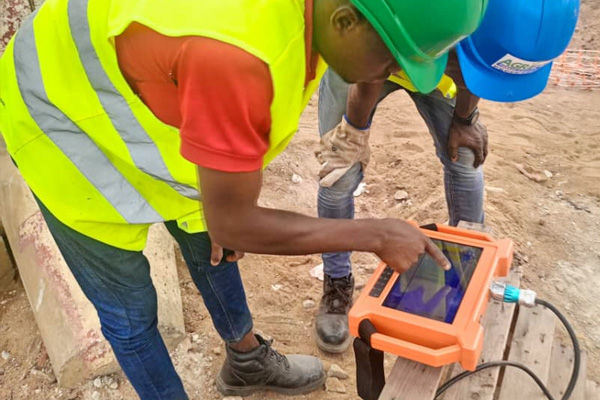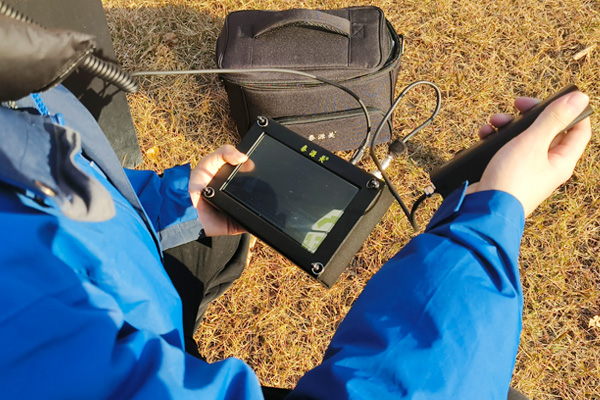With the acceleration of urbanization, underground pipeline system, as an important part of urban infrastructure, carries key functions such as water supply and drainage. However, the problem of pipeline leakage follows us everywhere, which not only causes a huge waste of water resources, but also may have a serious impact on the urban environment and residents' lives. Therefore, the research and development and application of leak detection technology is particularly important. In this paper, the selection and application of leakage detection technology will be discussed in depth, with a view to providing an effective program to solve the pipeline leakage problem.
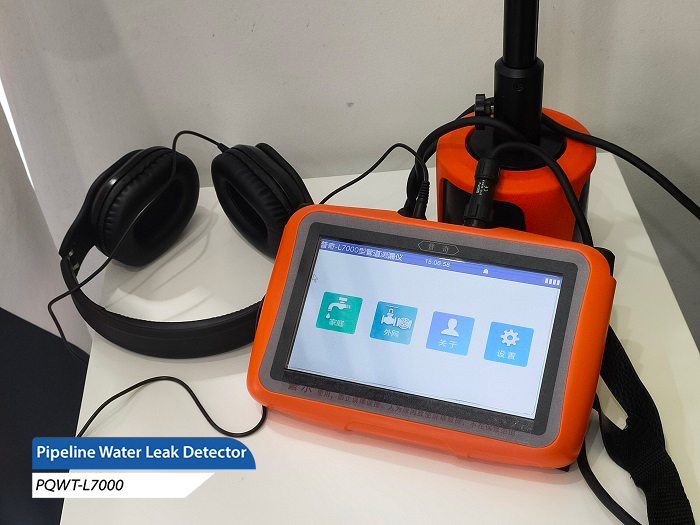
I. Concealed Leakage: The Hidden Challenge
Concealed leakage, i.e. underground leaks that cannot be directly observed by the eye, is a major challenge in pipe leakage. It may occur in the home interior plumbing, but also may appear in the municipal streets of the public pipeline. For home plumbing leaks, replacing the pipe directly is certainly a quick and cost-effective solution if conditions permit. But for public pipes, especially those of large caliber and high cost, replacement is clearly not the best option. Therefore, the detection and repair of leaks has become a more reasonable way.
Second, the various options for leak detection technology
In order to cope with the challenge of dark leakage, people continue to explore and develop a variety of leak detection technology. Each of these technologies has its own characteristics and is suitable for different scenarios and needs.
1. Flow and pressure measurement technology:
This technology analyzes whether there are abnormal fluctuations by monitoring the flow and pressure changes in the piping system, so as to preliminarily determine whether there is a leak. Although this method cannot directly locate the leakage point, it provides important clues for subsequent detailed testing.
2. Noise level monitoring and analysis techniques:
When water leakage occurs, the friction between the water flow and the pipe wall will produce specific noise. Through the noise monitoring equipment arranged around the pipe, these noise signals can be captured and analyzed and processed. This technology can effectively identify the water leakage area and lay the foundation for the subsequent precise location.
3. Leakage acoustic wave detection technology:
This is one of the most widely used leak detection techniques. It uses pipeline leak detector to scan the pipeline system comprehensively, and precisely locates the leakage point by analyzing the propagation characteristics and reflection characteristics of sound waves. Especially the leakage acoustic wave correlator and other high-end equipment, can realize high-precision positioning, the error can be controlled in the meter level or even smaller range.
Third, the refinement of the detection process
In practice, the leak detection process often needs to be combined with a variety of technical means to achieve more accurate detection results.
1. Pipeline acoustic wave detection:
At night and other relatively quiet time periods, the use of pipeline leak detector on the valve, fire hydrant, water meter and other key parts of the long-time measurement. By analyzing the intensity, frequency, continuity and other characteristics of the sound wave, inferring the key areas of water leakage and leakage pipe sections.
2. Ground sound detection:
Utilizing ground listening equipment, carpet search in the suspected water leakage area. By capturing the ground leakage sound wave anomaly, further narrowing the scope of water leakage.
3. Valve spigot sound detection:
In areas with more exposed pipeline points, such as valves, fire hydrants, water meters, etc., the use of valve and spigot listening equipment for detailed detection. This method relies on the ability of the inspector's hearing and judgment, and can find some subtle signs of water leakage.
4. Leaky pipe acoustic wave localization:
Eventually, high-precision equipment such as water leakage acoustic wave correlator is used to accurately locate the suspected leakage point. Through the analysis of sound wave correlation and propagation characteristics, the specific location of the leakage point is determined to provide accurate guidance for the subsequent excavation and repair work.
Conclusion
The continuous development and application of leakage detection technology provides strong support for us to solve the problem of pipeline leakage. By choosing the appropriate leakage detection method, combined with the refined detection process, we can locate and repair the leakage point more efficiently, reduce the waste of water resources, and protect the urban environment and the safety of residents' life. In the future, with the advancement of science and technology and the promotion of innovation, leak detection technology will usher in a broader development prospect.



